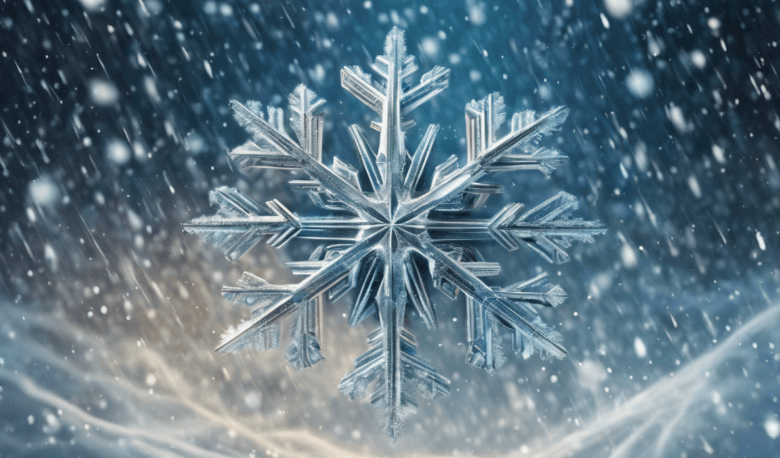clipart:5cxcar4yoms= snowflake

clipart:5cxcar4yoms= snowflake are stunning ice crystals that form in the atmosphere and fall as snow. Each snowflake exhibits unique and intricate patterns, showcasing nature’s artistry. They are not only a symbol of winter’s beauty but also play an essential role in the water cycle.
Historical Insights into Snowflake Research
The fascination with snowflakes dates back centuries, with significant contributions from early scientists like Wilson Bentley. In the late 1800s, Bentley was the first to capture snowflakes in photographs, providing insight into their intricate structures and paving the way for modern understanding.
How Snowflakes Form
Snowflakes originate when water vapor in the atmosphere freezes into ice crystals. Factors such as temperature, humidity, and atmospheric conditions affect their formation, resulting in the diverse and intricate shapes observed.
Varieties of Snowflakes
Snowflakes come in several distinct forms:
- Dendrites: These are classic snowflakes with branched, tree-like structures.
- Plates: Flat, hexagonal snowflakes that can have various patterns.
- Columns: Elongated, cylindrical snowflakes that often appear in cold conditions.
Each type displays unique characteristics, influenced by the environmental conditions during its formation.
Snowflakes in Cultural Context
Culturally, snowflakes are often symbols of purity, uniqueness, and the fleeting nature of beauty. They feature prominently in art, literature, and holiday traditions, representing the serene and transient aspects of winter.

Scientific Importance of Snowflakes
In meteorology and climate science, snowflakes provide valuable data on weather patterns and climate change. Studying their formation and distribution helps scientists understand precipitation patterns and the impact of climatic variations.
Snowflakes as Artistic Inspiration
The intricate designs of snowflakes have long inspired artists. Their symmetrical beauty is reflected in various art forms, including paintings, crafts, and jewelry, celebrating their unique aesthetic.
Read Also clipart:_uexxcvpibu= school
Mathematical Patterns in Snowflakes
Snowflakes exhibit fascinating mathematical properties, such as symmetry and fractal patterns. Their geometric complexity is a subject of interest in mathematics, showcasing nature’s precision and beauty.
Technological Advances in Snowflake Research
Modern imaging technologies, such as electron microscopy, allow for detailed study of snowflakes. These advanced methods help researchers explore the intricate structures and formation processes of snowflakes.
Snowflakes in Literature
In literature, snowflakes often symbolize themes of individuality, transience, and the essence of winter. They are used as metaphors to convey deeper meanings and capture the beauty of fleeting moments.
Symbolism Associated with Snowflakes
Snowflakes are emblematic of purity, individuality, and the ephemeral nature of life. Their delicate and fleeting existence serves as a reminder of nature’s transient beauty and uniqueness.
Crafting Snowflakes: DIY and Decorations
Creating snowflake-themed crafts is a popular winter activity. From paper snowflakes to festive decorations, these projects bring the beauty of snowflakes indoors and add a touch of winter magic to homes.
Fascinating Facts About Snowflakes
Snowflakes are intriguing, with each flake potentially consisting of up to 200 ice crystals. The largest recorded snowflake, discovered in Fort Keogh, Montana, was reportedly 15 inches wide, highlighting the wonders of nature.
Frequently Asked Questions
What determines the different shapes of snowflakes?
Snowflake shapes are influenced by the temperature and humidity at the time of their formation.
Are all snowflakes truly unique?
Yes, due to the unique environmental conditions each snowflake encounters, no two are identical.
How do snowflakes form?
Snowflakes form when water vapor in the atmosphere crystallizes into ice, influenced by atmospheric conditions.
Why are snowflakes significant in climate studies?
Snowflakes help scientists understand weather patterns and monitor the effects of climate change.
What is the largest snowflake ever recorded?
The largest recorded snowflake measured 15 inches wide, found in Fort Keogh, Montana, in 1887.
Conclusion
clipart:5cxcar4yoms= snowflake represent a marvel of natural design, reflecting intricate beauty and complexity. Their unique patterns and symbolic meanings enhance our appreciation of winter and the natural world. From scientific exploration to artistic inspiration, snowflakes continue to captivate and inspire.





